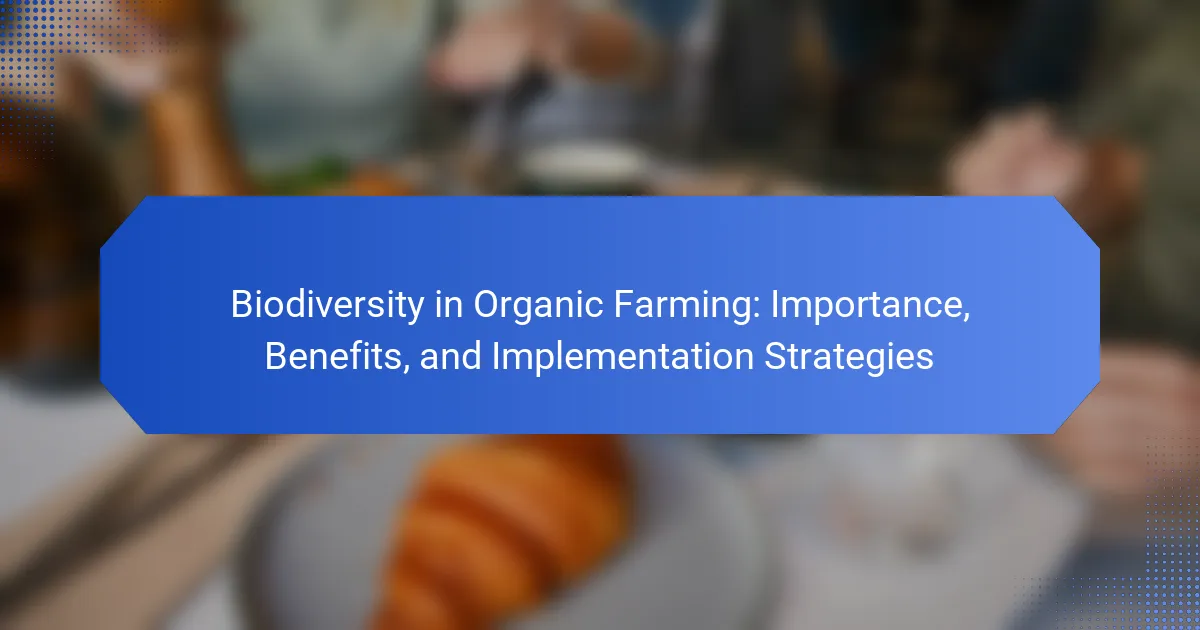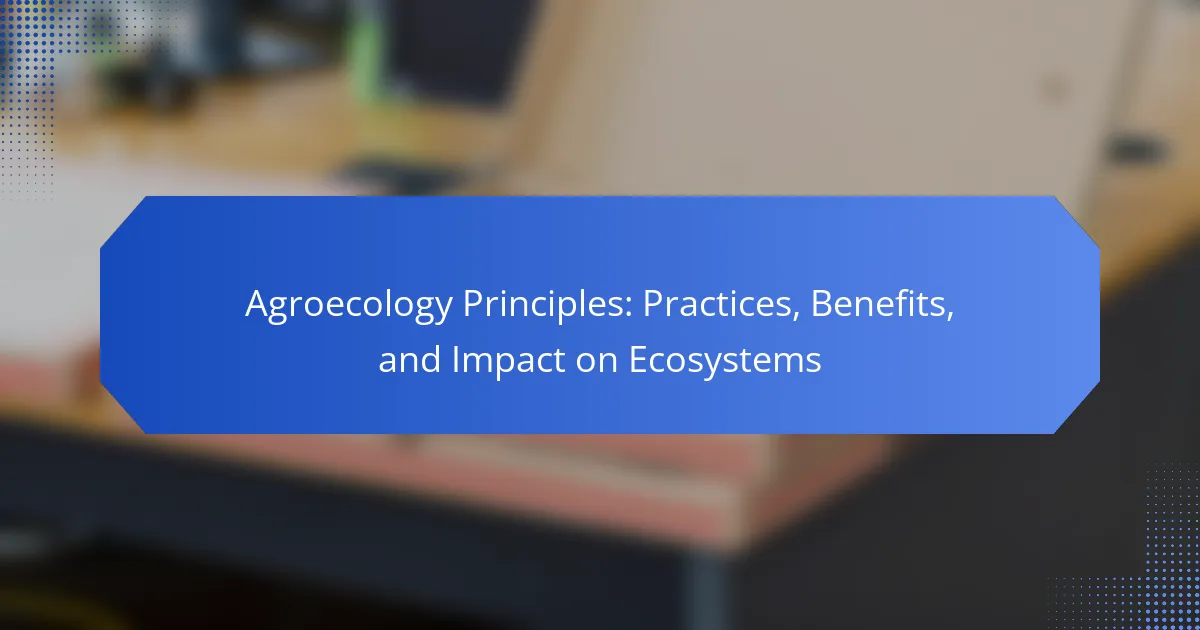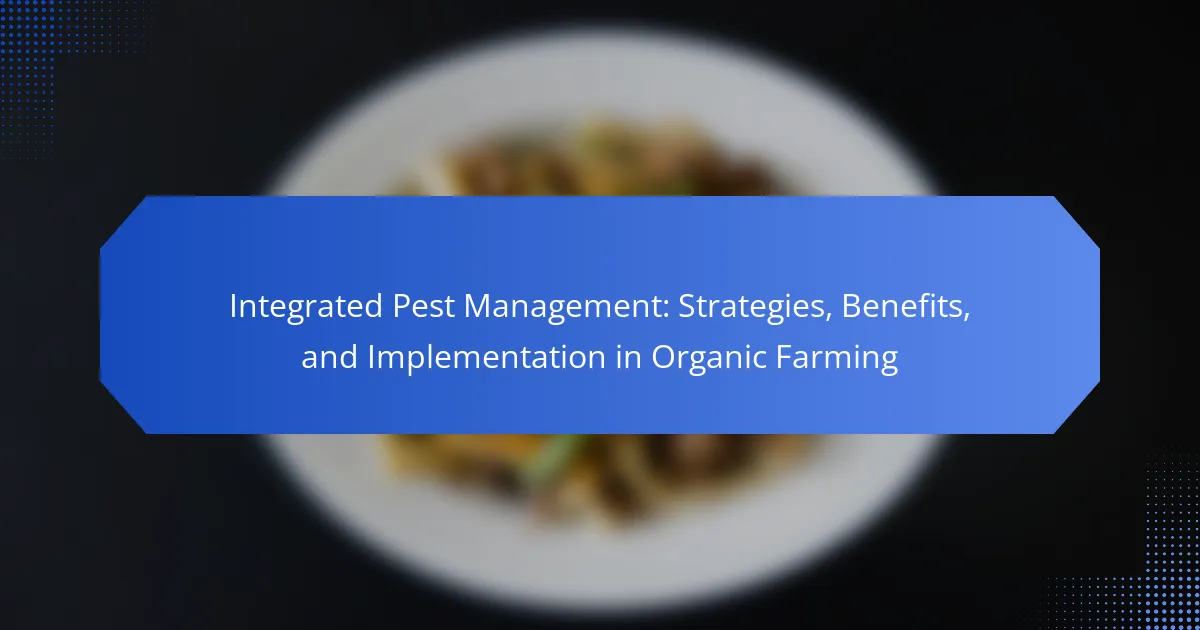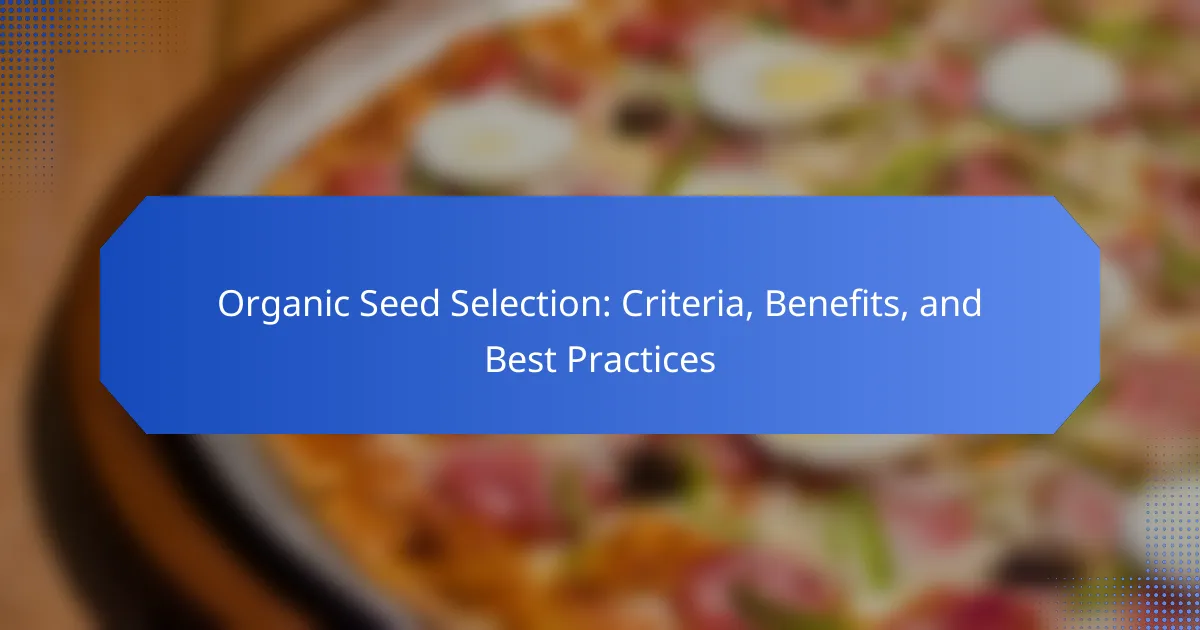Composting practices involve methods for decomposing organic waste into nutrient-rich soil amendments, utilizing materials such as kitchen scraps and yard waste. Key techniques include aerobic composting, anaerobic composting, vermicomposting, and Bokashi composting, each with distinct processes that influence decomposition efficiency. Effective composting enhances soil quality by improving structure, increasing nutrient availability, and promoting microbial activity, leading to healthier soils that support plant growth. Additionally, composting can significantly reduce landfill waste and increase crop yields, making it a valuable practice for sustainable agriculture and environmental management.

What are Composting Practices?
Composting practices are methods used to decompose organic waste into nutrient-rich soil amendments. These practices involve collecting kitchen scraps, yard waste, and other biodegradable materials. The materials are layered to promote aeration and microbial activity. Maintaining the right balance of carbon and nitrogen is crucial for effective composting. Regular turning of the compost pile enhances decomposition speed. Composting can reduce landfill waste by up to 30%. It also enriches soil, improves moisture retention, and supports plant growth.
How do composting practices contribute to waste management?
Composting practices significantly contribute to waste management by diverting organic waste from landfills. This process reduces the overall volume of waste that requires disposal. According to the EPA, composting can reduce landfill waste by 30% to 50%. Composting also minimizes greenhouse gas emissions produced by decomposing organic materials in landfills. The compost produced enriches soil, enhancing its quality and fertility. This practice encourages sustainable waste management by promoting recycling of organic materials. Additionally, composting supports local ecosystems by returning nutrients to the soil. Thus, composting is a vital component of effective waste management strategies.
What types of organic materials can be composted?
Kitchen scraps, yard waste, and certain paper products can be composted. Kitchen scraps include fruit and vegetable peels, coffee grounds, and eggshells. Yard waste consists of grass clippings, leaves, and small branches. Certain paper products, such as cardboard and newspapers, are also compostable if they are not coated with plastic. These materials break down naturally and enrich the soil. Composting these organic materials reduces landfill waste and promotes environmental sustainability.
How does the composting process work?
The composting process works by breaking down organic materials into nutrient-rich compost. Microorganisms, such as bacteria and fungi, decompose the materials. This process requires a balance of carbon-rich “browns” and nitrogen-rich “greens.” Adequate moisture and aeration are also essential for efficient decomposition. As the microorganisms consume the organic matter, they produce heat, which accelerates the breakdown. The temperature can reach between 130°F to 160°F, promoting further microbial activity. Over time, the materials transform into dark, crumbly compost. This compost enriches soil and improves plant health.
What are the key benefits of composting practices?
Composting practices provide several key benefits. They enhance soil quality by improving its structure and nutrient content. Compost adds organic matter, which increases water retention and aeration in the soil. This leads to healthier plant growth and higher crop yields. Composting also reduces landfill waste by recycling organic materials. According to the EPA, composting can divert up to 30% of waste from landfills. Additionally, composting decreases greenhouse gas emissions by limiting methane production. It supports beneficial microorganisms in the soil, promoting a balanced ecosystem. Overall, composting practices contribute to sustainable agriculture and environmental health.
How does composting improve soil health?
Composting improves soil health by enriching it with organic matter. This organic matter enhances soil structure, allowing for better aeration and water retention. Improved aeration supports root growth and microbial activity. Increased water retention reduces the need for frequent irrigation. Compost also provides essential nutrients that plants require for growth. These nutrients are released slowly, ensuring a steady supply over time. Studies show that composted soils can yield up to 25% more produce compared to non-composted soils. Additionally, composting helps suppress plant diseases and pests, contributing to a healthier ecosystem.
What environmental benefits are associated with composting?
Composting provides several environmental benefits. It reduces landfill waste by recycling organic materials. This process decreases methane emissions, a potent greenhouse gas produced in landfills. Composting enriches soil, enhancing its ability to retain moisture and nutrients. Healthy soil supports plant growth and biodiversity. Additionally, composting reduces the need for chemical fertilizers. This leads to less water pollution from runoff. Overall, composting contributes to a healthier ecosystem and promotes sustainable waste management practices.
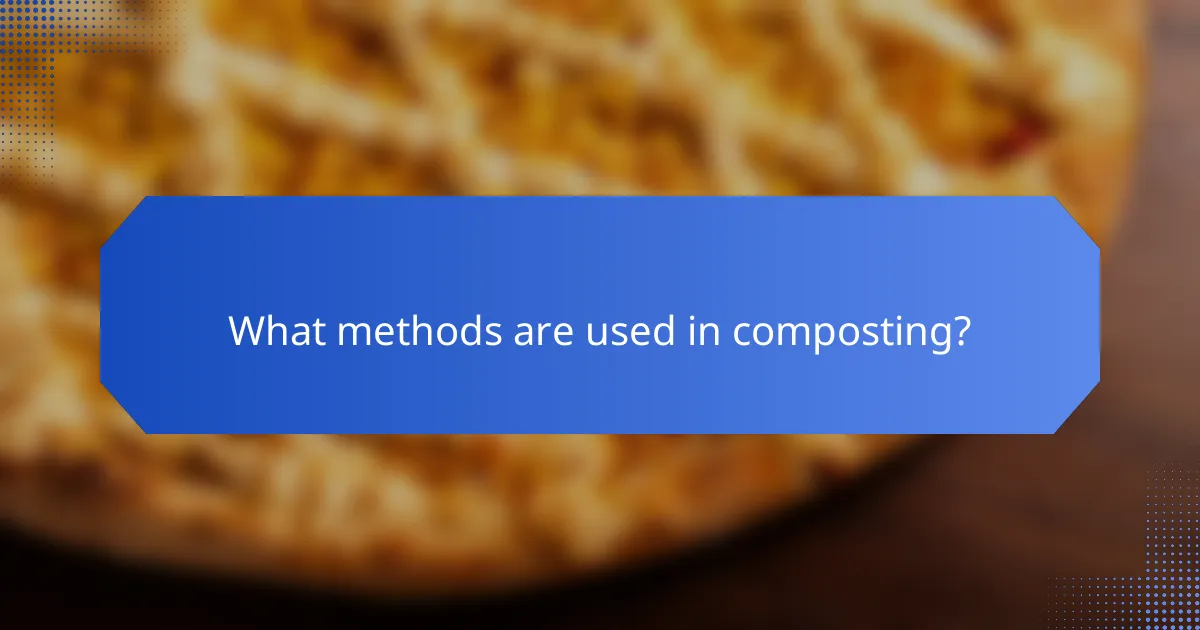
What methods are used in composting?
The primary methods used in composting are aerobic composting, anaerobic composting, vermicomposting, and Bokashi composting. Aerobic composting involves the breakdown of organic materials in the presence of oxygen. This method requires regular turning to aerate the pile, promoting decomposition. Anaerobic composting occurs without oxygen, often in sealed containers. It results in slower decomposition and can produce odors. Vermicomposting utilizes earthworms to break down organic waste, creating nutrient-rich castings. Bokashi composting employs a fermentation process using specific microorganisms to ferment food waste before soil incorporation. Each method has distinct processes and benefits for composting efficiency.
How do different composting methods compare?
Different composting methods vary in speed, efficiency, and materials used. Traditional composting typically takes several months to a year to produce finished compost. In contrast, hot composting can create compost in as little as three weeks by maintaining high temperatures. Vermicomposting, which uses worms, is effective for small-scale operations and can produce compost in about two to three months.
Each method also has distinct material requirements. Traditional composting accepts a wide range of organic materials. Hot composting requires a balanced mix of green and brown materials for optimal heat generation. Vermicomposting primarily relies on kitchen scraps and paper products.
The nutrient content of the compost produced varies by method. Hot composting often results in nutrient-rich compost due to the high temperatures that kill pathogens. Vermicomposting produces a nutrient-dense product known as worm castings, which are highly valued for their benefits to plant growth.
In summary, the choice of composting method impacts the time, materials, and nutrient quality of the final product. Each method has its advantages depending on the user’s needs and available resources.
What is the difference between aerobic and anaerobic composting?
Aerobic composting involves the presence of oxygen, while anaerobic composting occurs without oxygen. In aerobic composting, microorganisms break down organic matter efficiently, producing heat and resulting in a faster decomposition process. This method typically requires turning the compost pile to maintain aeration. The temperature can reach between 130°F to 160°F, which helps kill pathogens and weed seeds.
In contrast, anaerobic composting relies on microorganisms that thrive in oxygen-deprived environments. This process is slower and can produce foul odors due to the production of methane and other gases. Anaerobic composting often occurs in sealed containers or pits. The end product may be less stable and nutrient-rich compared to aerobic compost.
The effectiveness of aerobic composting is supported by its ability to reduce waste quickly and generate heat. Studies show that aerobic methods can decompose organic waste in as little as 4 to 6 weeks. Conversely, anaerobic composting can take several months or even years to achieve similar results.
How can vermicomposting be implemented?
Vermicomposting can be implemented by setting up a worm bin. A suitable bin can be made from wood or plastic, with drainage holes. The bin should contain bedding material such as shredded newspaper or cardboard. Red wigglers, the ideal composting worms, should be added to the bin. Food scraps, like vegetable peels and coffee grounds, can be introduced as worm food. The bin must be kept in a dark, moist environment at room temperature. Regular monitoring of moisture levels is essential for worm health. Harvesting compost occurs every few months when the material turns dark and crumbly. This method effectively reduces waste and produces nutrient-rich compost for gardens.
What materials are best suited for different composting methods?
Green materials and brown materials are best suited for different composting methods. Green materials include nitrogen-rich items like vegetable scraps, grass clippings, and coffee grounds. Brown materials consist of carbon-rich items such as dried leaves, straw, and cardboard.
For hot composting, a balanced mix of greens and browns is essential. This method requires a higher temperature to break down materials quickly. The ideal ratio is about 30 parts carbon to 1 part nitrogen.
In contrast, cold composting is more forgiving with material selection. This method allows for a slower breakdown over time. It can accommodate a wider variety of materials, including kitchen scraps and yard waste.
Vermicomposting utilizes worms to break down organic waste. Suitable materials include fruit and vegetable scraps, coffee grounds, and shredded paper. Avoid citrus and onion, as they can harm the worms.
Bokashi composting relies on fermenting organic waste using a specific mix of microorganisms. Suitable materials include kitchen scraps, dairy, and meat. This method can handle a broader range of materials than traditional composting.
Each composting method has its unique requirements for materials. Understanding these requirements helps optimize the composting process and improves soil quality.
Which nitrogen-rich materials enhance composting?
Nitrogen-rich materials that enhance composting include kitchen scraps, grass clippings, and manure. Kitchen scraps such as vegetable peels and fruit waste provide essential nitrogen. Grass clippings are high in nitrogen and decompose quickly. Manure from herbivores, like cows and horses, is also an excellent nitrogen source. These materials help create a balanced compost pile. A balanced compost pile accelerates decomposition and improves nutrient availability. According to the USDA, a carbon-to-nitrogen ratio of 30:1 is ideal for composting efficiency.
What carbon-rich materials are essential for composting?
Carbon-rich materials essential for composting include dried leaves, straw, and wood chips. These materials are high in carbon content, which is crucial for balancing the nitrogen-rich materials in compost. Dried leaves provide a natural source of carbon and contribute to aeration in the compost pile. Straw is lightweight and helps maintain airflow, while wood chips break down slowly, adding structure to the compost. Together, these carbon-rich materials support microbial activity, promoting effective decomposition. Proper ratios of carbon and nitrogen enhance compost quality and speed up the composting process.
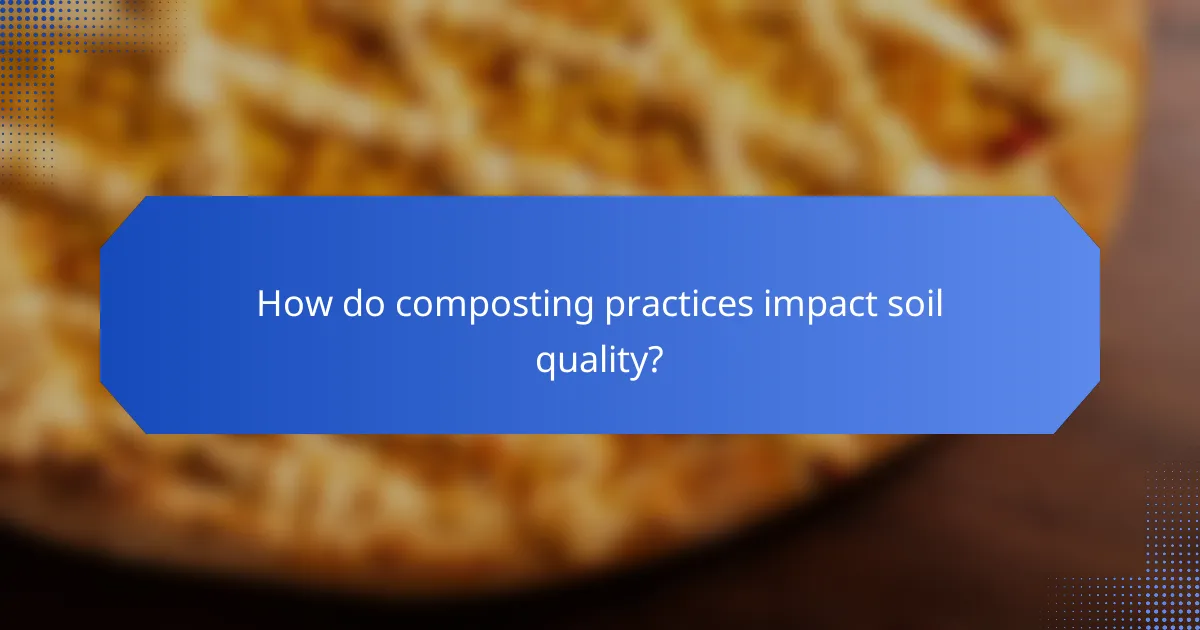
How do composting practices impact soil quality?
Composting practices significantly enhance soil quality. They improve soil structure, increase nutrient availability, and promote microbial activity. Compost adds organic matter, which enhances soil aeration and water retention. Studies show that composted soils have higher levels of essential nutrients like nitrogen, phosphorus, and potassium. These nutrients are vital for plant growth and soil health. Additionally, composting can help suppress soil-borne diseases and pests. Research indicates that compost application can increase crop yields by up to 30%. Overall, composting practices lead to healthier, more productive soils.
What specific improvements in soil quality result from composting?
Composting improves soil quality by enhancing its structure, fertility, and moisture retention. The addition of compost increases organic matter in the soil. This organic matter improves soil aeration and drainage. Enhanced aeration allows for better root growth and microbial activity. Compost also provides essential nutrients, such as nitrogen, phosphorus, and potassium. These nutrients support plant growth and crop yields. Additionally, compost helps to suppress soil-borne diseases and pests. It promotes beneficial microbial populations that contribute to soil health. Studies show that composted soils have higher levels of beneficial bacteria and fungi compared to non-composted soils.
How does composting affect soil structure and fertility?
Composting improves soil structure and fertility by enhancing organic matter content. Increased organic matter leads to better soil aeration and water retention. This results in improved root development for plants. Compost also provides essential nutrients like nitrogen, phosphorus, and potassium. These nutrients are vital for plant growth and overall soil health. Studies show that composting can increase soil fertility by up to 30% in some cases. Additionally, compost helps to promote beneficial microbial activity in the soil. This microbial activity further contributes to nutrient cycling and soil health.
What role does compost play in enhancing soil microbial activity?
Compost enhances soil microbial activity by providing essential nutrients and organic matter. This organic matter serves as a food source for various microorganisms. The addition of compost increases microbial diversity in the soil. Studies show that compost can boost the population of beneficial bacteria and fungi. These microorganisms play a crucial role in nutrient cycling. They help decompose organic materials, releasing nutrients for plant uptake. Furthermore, compost improves soil structure, promoting aeration and water retention. Enhanced microbial activity leads to healthier soil ecosystems and improved plant growth.
What challenges may arise from composting practices?
Composting practices may face several challenges. One significant challenge is the imbalance of carbon and nitrogen in compost materials. This imbalance can lead to slow decomposition or unpleasant odors. Another challenge is the presence of pests or pathogens in compost piles. These can contaminate the compost and pose health risks. Additionally, maintaining the right moisture levels is crucial. Too much or too little moisture can hinder the composting process. Temperature control is also essential; if the pile doesn’t reach the necessary heat, it may not kill harmful organisms. Lastly, space limitations can restrict the size of composting operations. These challenges can affect the efficiency and effectiveness of composting efforts.
How can common composting issues be resolved?
Common composting issues can be resolved by adjusting the carbon-to-nitrogen ratio, maintaining moisture levels, and ensuring proper aeration. A balanced carbon-to-nitrogen ratio of 30:1 promotes effective decomposition. Adding brown materials like dried leaves increases carbon, while green materials like grass clippings provide nitrogen. Moisture levels should be around 40-60% for optimal microbial activity. If compost is too dry, add water; if too wet, incorporate dry materials. Proper aeration can be achieved by turning the compost regularly. This enhances oxygen flow, preventing odors and promoting aerobic decomposition. Regular monitoring and adjustments can significantly improve compost quality and speed up the process.
What are the best practices for maintaining a compost pile?
To maintain a compost pile effectively, ensure proper aeration. Turn the pile every few weeks to introduce oxygen. This process speeds up decomposition and prevents odors. Balance green materials, like food scraps, with brown materials, such as dry leaves. Aim for a ratio of about 2:1. Monitor moisture levels; the pile should feel damp but not soggy. If it’s too dry, add water or green materials. Use a compost thermometer to check internal temperatures. The ideal range is between 130°F and 160°F for optimal microbial activity. Lastly, avoid adding meat, dairy, and oils, as these can attract pests and create odors. Following these practices promotes efficient composting and healthier soil.
What practical tips can enhance composting effectiveness?
To enhance composting effectiveness, maintain a balanced mix of green and brown materials. Green materials, like fruit scraps and grass clippings, provide nitrogen. Brown materials, such as dried leaves and cardboard, offer carbon. Aim for a ratio of about 2:1 of browns to greens. Aerate the compost pile regularly by turning it. This increases oxygen flow, which is essential for microbial activity. Keep the compost moist but not soggy. A moisture level similar to a damp sponge is ideal. Monitor the temperature; an active compost pile should reach 130-160°F. This heat accelerates decomposition and kills pathogens. Finally, be patient. Composting can take several weeks to months, depending on conditions.
Composting practices involve methods for decomposing organic waste into nutrient-rich soil amendments, significantly contributing to waste management by reducing landfill waste and greenhouse gas emissions. The article covers various composting methods, including aerobic, anaerobic, vermicomposting, and Bokashi, detailing their processes, benefits, and material requirements. Key benefits of composting include improved soil quality, enhanced moisture retention, and support for plant growth, while also addressing challenges and best practices for maintaining an effective compost pile. Overall, composting plays a vital role in sustainable agriculture and environmental health by enriching soil and promoting beneficial microbial activity.
